The Cadillac Celestiq, a hand-built supercar, will be assembled at the General Motors Technical Center in Warren, Michigan.
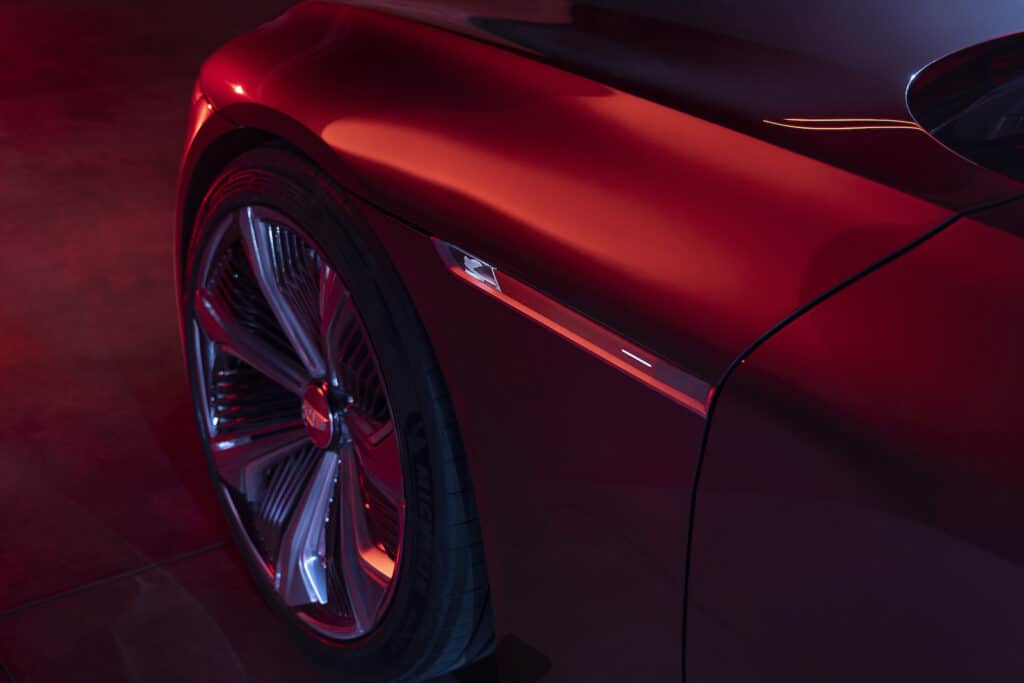
The facility serves as the heart of the GM product development process but this will mark the first time in the Tech Center’s seven-decade history it has been used to assemble a vehicle.
“Celestiq signifies a new, resurgent era for the brand,” said Mark Reuss, GM’s president. “Today’s investment announcement emphasizes our commitment to delivering a world-class Cadillac with nothing but the best in craftsmanship, design, engineering and technology.”
A flood of new BEVs
GM first teased plans to introduce an exotic electric vehicle as the Cadillac brand’s flagship at a March 2020 backgrounder outlining the corporate commitment to switch from internal combustion to battery-electric propulsion.
Celestiq will be one of at least 30 all-electric models GM plans to bring to market by 2025. It will follow the launch of the Cadillac Lyriq, the luxury brand’s first pure battery car just going into production for the 2023 model year.
In recent weeks, the automaker has begun releasing teaser images of the production Celestiq but has yet to provide a complete image. It’s unclear how much it will differ from the concept version first revealed during a background media event more than two years ago, though the basic design is said by insiders to stick close to the prototype.
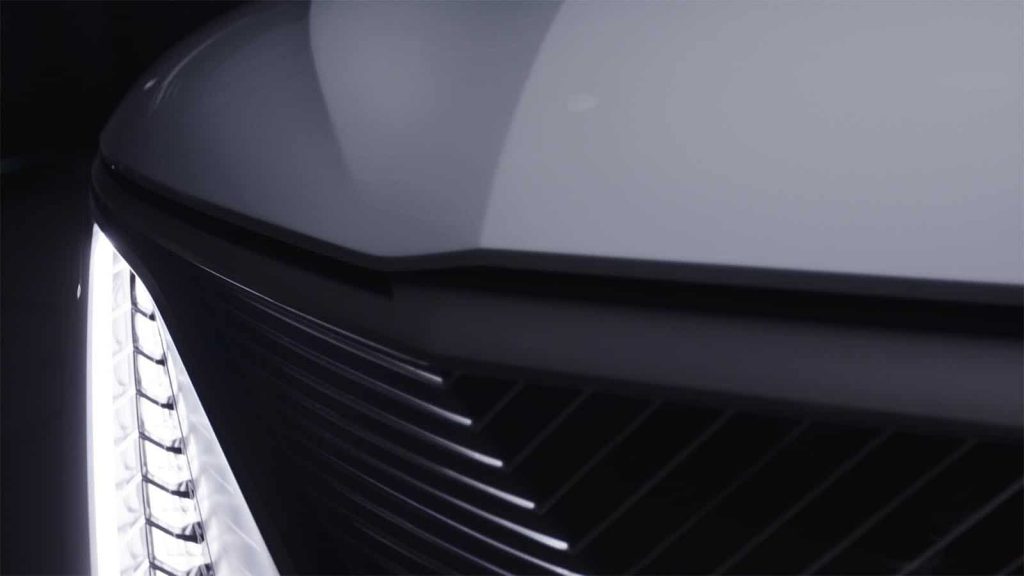
If accurate, it would be a long, low fastback design with plenty of curves — though, as with all BEVs, there’ll be an emphasis on range-maximizing aerodynamics.
Details TBA
GM has only hinted at details about the Celestiq. It will be completely hand-built, with two different sites at the Tech Center involved in the production.
The Celestiq is expected to utilize advanced technology, both in the production process and in the vehicle itself.
As many as 100 parts will be produced using additive manufacturing. Otherwise known as 3D printing, the process has been used to a limited degree with several existing Cadillac products — providing transmission components, climate control ducts and shifter emblems for the CT4-V and CT5-V performance sedans. With Celestiq, the process will be used for structural, as well as cosmetic parts, the automaker revealed.
“Artful integration of technology”
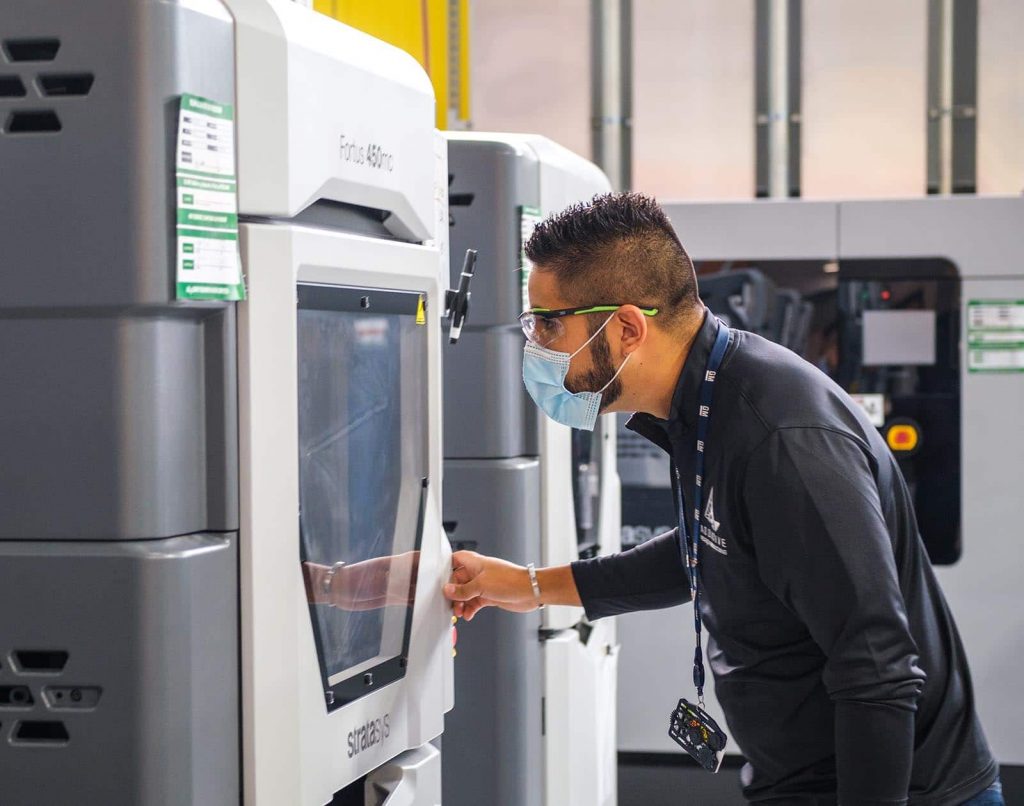
As with the new Cadillac Escadade SUV, the Celestiq is expected to feature an expansive OLED digital display for both its gauge cluster and infotainment system.
“The driver and front-seat passenger will enjoy a pillar-to-pillar free-form display with active privacy to help mitigate driver distraction,” said GM in a statement.
What GM is calling “the artful integration of technology” will also see the Celestiq equipped with “smart glass” for its roof. The “four-quadrant” system will allow each occupant to individually adjust the transparency of the glass to provide privacy and shade or, if they prefer, an unfettered look at the sky.
Ultium tech
The new supercar will be built on a version of GM’s new Ultium battery-electric vehicle architecture. The skateboard-like chassis mounts batteries and motors below the load floor, maximizing space available for both passengers and cargo.
The prototype shown in 2020 featured a more classically long nose that is likely to provide space for a frunk, or front trunk. But the layout of the Ultium platform would, even then, allow for a larger cabin than the typical exotic sports car using a gas engine.
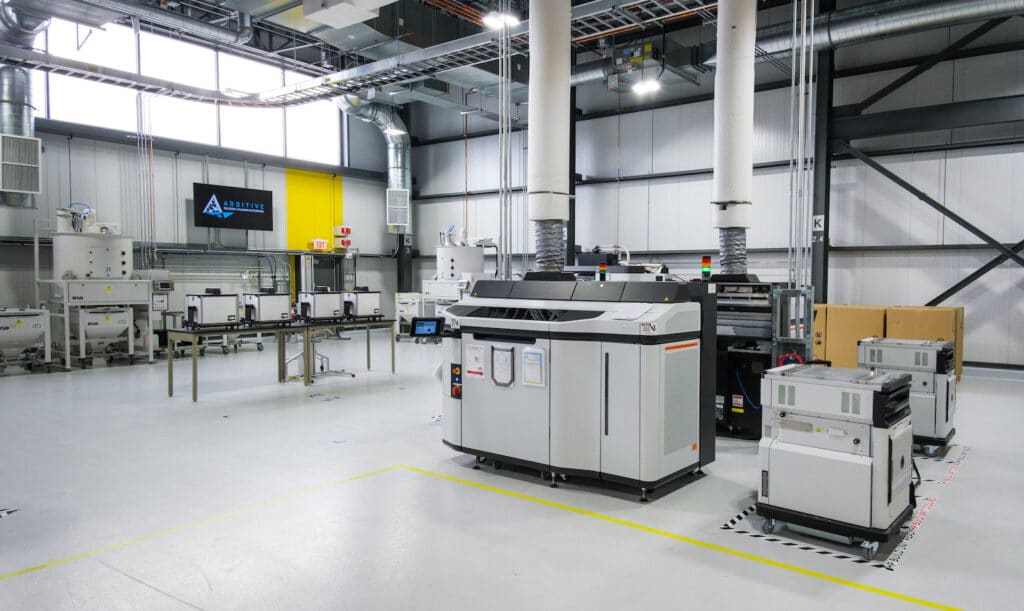
Specific drivetrain details have yet to be released. GM officials have cautioned that they aren’t necessarily aiming to make Celestiq one of the fastest vehicles in the emerging electric supercar market — a segment soon to include brands like Ferrari and Lamborghini. But electric motors develop instant torque and plenty of horsepower, as GM has shown with the new, 1,000-hp GMC Hummer EV.
Range and performance
The Ultium platform has the capability of using as many as three electric motors which could readily match the output of the Hummer. Even if Cadillac doesn’t aim to make Celestiq the fastest vehicle possible, 0-60 times of under 3 seconds seem likely, according to industry analysts.
The supercar will utilize the new Ultium lithium-ion batteries GM has developed. It plans to produce them at four North American factories, starting with one in Lordstown, Ohio set to open this year.
Range is another unanswered question. The design of the Ultium batteries allow for flexibility in the size and shape of a battery pack. Steve Carlisle, the president of GM’s North American operations and head of the Cadillac brand, has said the luxury brand wants to deliver at least 400 miles per charge. But that is a mid- to long-range goal, he cautioned, and it is unclear if the low design of Celestiq will provide the necessary space to achieve that target.
These and other details could be revealed next month when Cadillac formally unveils the production version of the Celestiq.





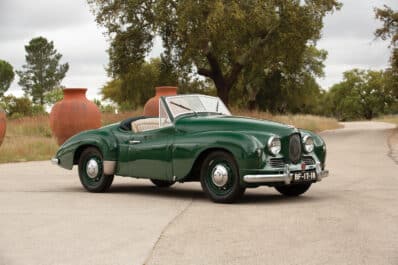
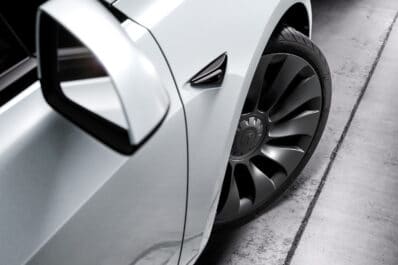

When can we place an order?
SW Supervisor, “Hey guys, today’s our turn building the blue one. Anyone have experiencing painting?”
SW engineer 1, “I repaired some rust on my Camaro last year, came out pretty good; only one run.”
SW Supervisor, “Good, you paint and Fred will install the battery; John, you and Jill install the seats.”
SW engineer 2, “This’ll be fun, who needs the UAW?”